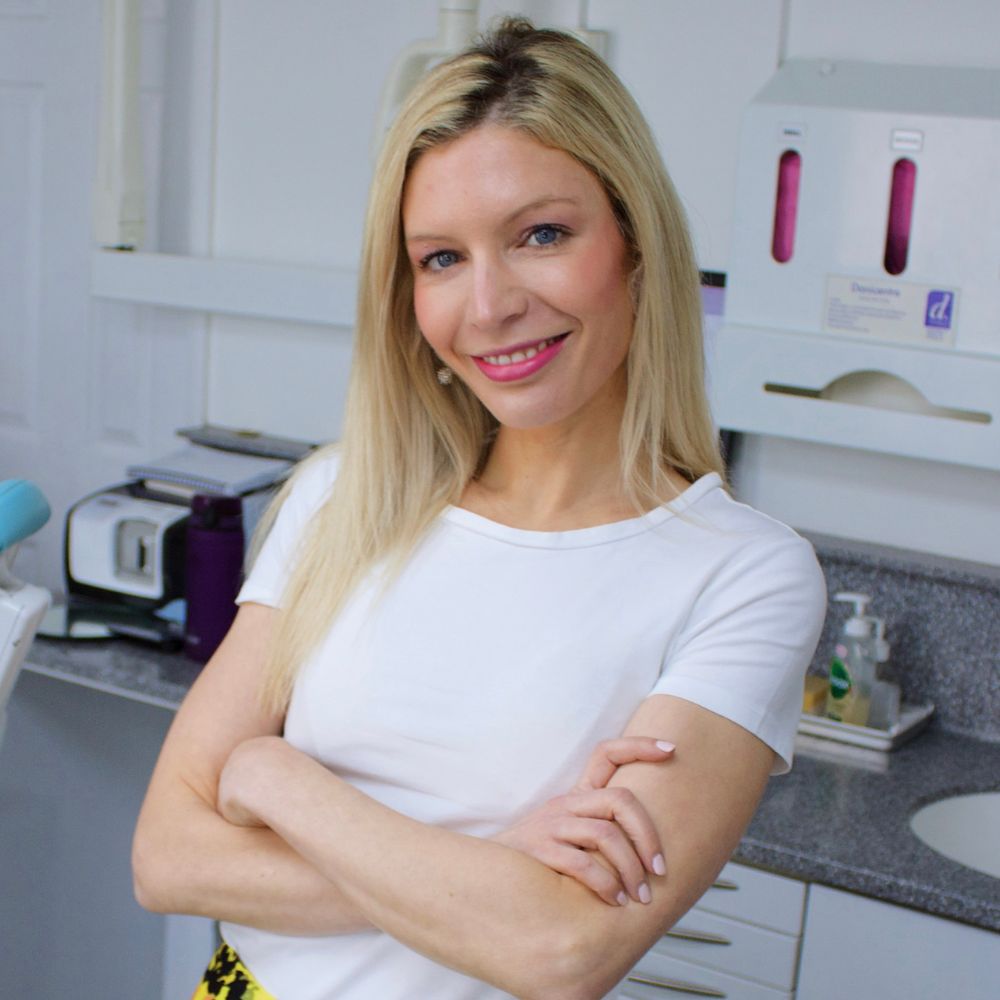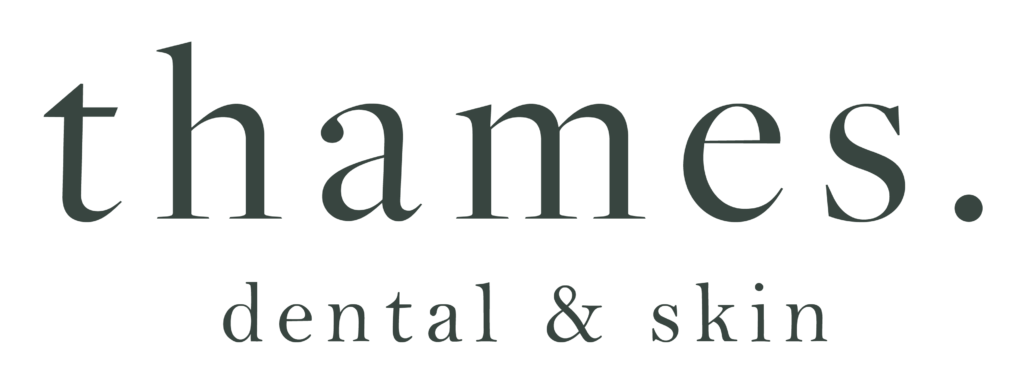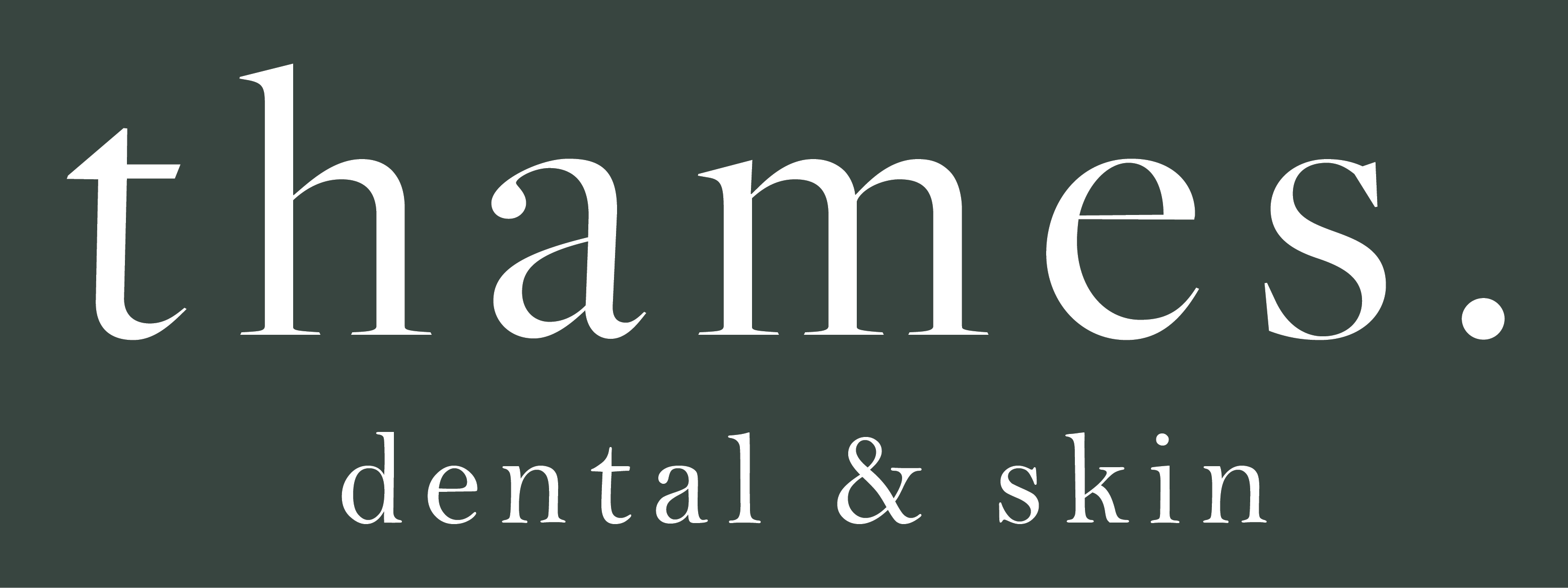Under Eye Bags
Causes and treatments
Eye bags are often attributed to various factors such as ageing, fluid retention, lack of sleep, allergies, smoking, and genetic predisposition. They manifest as mild swelling or puffiness under the eyes, sometimes accompanied by saggy or loose skin and dark circles. Dr Bravis offers advanced treatments and medical-grade skincare designed to reduce overall signs of ageing around and under the eyes.
Symptoms and causes
Eye bags develop when the tissues and muscles supporting the eyelids weaken, allowing fat to protrude and fluid to accumulate under the eyes. At Thames, we offer advanced treatments to address under eye bags effectively:
Common symptoms of under eye bags include:
- Puffiness: Swelling or mild protrusion beneath the eyes, creating a puffy appearance.
- Dark Circles: Discolouration or shadowing under the eyes, often accompanied by eye bags.
- Loose or Saggy Skin: Weakened skin elasticity, resulting in a droopy or wrinkled appearance.
- Tired Appearance: Under eye bags can contribute to a fatigued or aged look, even when well-rested.
Several factors can contribute to the development of under eye bags:
- Ageing: As we age, the tissues and muscles supporting the eyelids weaken, allowing fat to protrude and fluid to accumulate.
- Genetics: Some individuals may be genetically predisposed to developing under eye bags.
- Fluid Retention: Excess fluid can accumulate under the eyes, leading to puffiness and swelling.
- Lack of Sleep: Insufficient sleep can exacerbate the appearance of under eye bags and dark circles.
- Allergies: Allergic reactions can cause inflammation and swelling around the eyes.
- Smoking: Cigarette smoke can accelerate skin ageing and contribute to the formation of eye bags.
- Sun Exposure: Prolonged sun exposure can break down collagen and elastin, leading to premature ageing and sagging skin.
- Diet: High salt intake or dehydration can lead to fluid retention and worsen the appearance of eye bags.
It’s essential to identify and address the underlying causes of under eye bags to achieve the best treatment results. A combination of professional treatments, lifestyle changes, and medical-grade skincare can help reduce the appearance of under eye bags and promote a more refreshed, youthful look.
How we treat under eye bags in Thames Ditton
At Thames, we offer advanced treatments to address under eye bags effectively:
- Polynucleotides for under-eye bags: Reduces puffiness, diminishes dark circles, and tightens under-eye skin, restoring a rejuvenated, refreshed appearance.
- Non-Surgical Blepharoplasty: Targets under eye bags by tightening loose skin and reducing puffiness, resulting in a refreshed and rejuvenated appearance around the eyes.
- Ultra Light Eyes: Specifically targets under eye bags, reducing puffiness and dark circles, resulting in a brighter and more youthful eye area.
- Ultracel2 Non-Surgical Facelift: Tightens loose skin, reduces under-eye bags, and rejuvenates the under-eye area effectively.
- Dermal Fillers: Fillers, such as Juvéderm, can restore volume under the eyes, reducing the appearance of eye bags.
- Medical-grade skincare products: Hydrates under-eye skin, reduces puffiness, and diminishes dark circles for a refreshed, rejuvenated appearance.
When to seek treatment?
While eye bags are usually harmless, they may cause discomfort or affect self-confidence. At Thames, we offer personalised treatments, including scientifically formulated skincare to tackle under eye bags and overall signs of ageing. With over 20 years experience, Dr Bravis provides tailored treatment plans to address your ageing concerns effectively.

Frequently Asked Questions
Are Eye Bags Hereditary?
While genetics can play a role in the development of eye bags, lifestyle factors such as sleep habits, diet, and smoking also contribute. Identifying and addressing these factors can help manage eye bags effectively.
Are Fillers Effective for Under Eye Bags?
Dermal fillers can be effective in reducing the appearance of under-eye bags by restoring lost volume and improving skin texture. Consultation with a qualified medical professional can help determine the suitability of fillers for individual cases.
How Many Treatment Sessions Are Needed?
Results from treatments like dermal fillers may vary, but many individuals achieve desired outcomes after a single session. Follow-up appointments and assessments can determine the need for additional treatments.

